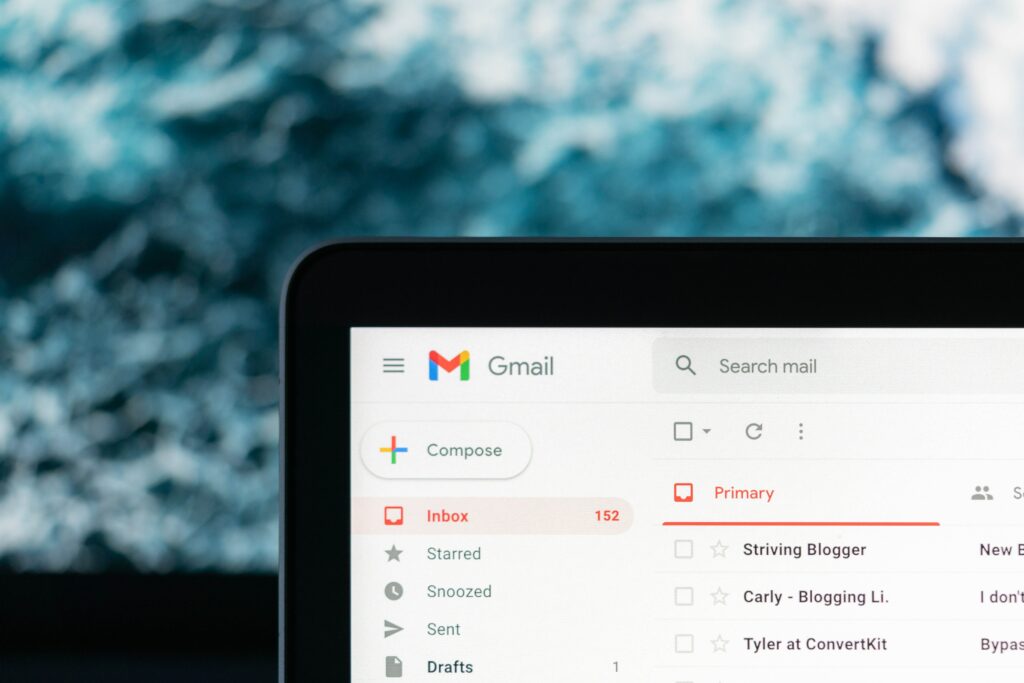We don’t think we remember a time where there wasn’t a little ‘+99’ icon next to our email’s inbox tab. The vast majority of those +99 emails are not anything directly related to us. In fact, we would hazard that 99% are spam, designed to market something or as a malicious attempt to gain access to our sensitive data. It’s likely that the same can be said for your email inbox and possibly even your text messages and social media.
According to recent data, as many as 3.4 billion spam messages are sent every day, which amounts to over 1.2 trillion every year. If you’ve simply been ignoring them so far, however, we would recommend that you start taking action. In 2023, you can work out how to stop spam, and doing so could be crucial for your own safety. Because spam is not just an annoyance, it’s dangerous.
Why Is Spam Dangerous?
As mentioned before, a good portion of spam is sent as a marketing tactic designed to engage the receiver and get them to interact with the post itself. But along with this spam, there is also malicious spam, including phishing attempts, money scams, malware spam, and sometimes even spam with offensive, inappropriate content.
In another study, it was found that one in every 3,000 emails contained malware, and around 350,000 internet users fell victim to phishing emails in 2022 alone. For businesses, too, around 83% of attacks are caused by phishing, and this number is only set to rise as scammer techniques grow more advanced.
How Can You Recognise Malicious Spam?

With nearly 50% of all emails identified as spam, it appears that email is still the method of choice for spammers looking to engage their victims, so we’ll use email as the main example. There are multiple ways in which you can spot a spam email. The first is to check the email domain. If the email comes from an address that isn’t affiliated with the sender, it’s a scam.
As well as this, no legitimate company will send an official email from a public domain – such as ‘@gmail.com’. Not even Google would do this. If it looks like the domain name is legitimate, you should also double-check, and read it carefully. Another clue that you have been sent malicious spam is the domain name being misspelled. This is done by scammers looking to use a domain name that looks legitimate at first glance but is fundamentally different to the official, legitimate domain name. For instance, if an email comes from ‘@microsoftonline.com’ then it is legitimate. If an email comes from ‘@microsftonline.com’, then it is a scam.
Spotting And Stopping Spam
You might also get more malicious spam depending on the season, such as Christmas spam or supposed Black Friday deals. This kind of phishing spam will usually include a link or an attachment. If you click on this link, the scammers can capture your sensitive data, including login details, payment information, phone numbers, and possibly even your personal address. It can be hard to know what links are legitimate and how to stop yourself from fooling for the bad ones, but if you hover your cursor over it, then the destination address should appear in a small bar underneath the browser. On a smartphone, you can also hold down on the link and cause a pop-up to appear. This will tell you where the link is sending you.
Malicious spam will also often have an urgent tone and will ask you to do something – in other words, ask you to interact with the links that they have sent you. Another sign that things are not as they seem can be found in the spelling and grammar of spam, which is often poor compared to legitimate emails crafted by legitimate organizations. These are all ways you can spot malicious spam, but as mentioned before, there are ways to stop spam altogether, and this is often the best option if you want to free your inbox and drastically reduce the risk and threats you face every day.